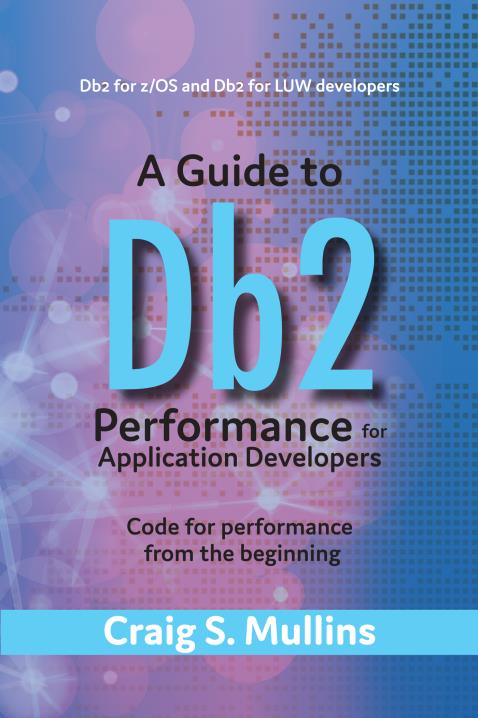Next week the 2019 IDUG EMEA Db2 Tech Conference is coming to Rotterdam and I am looking forward to being there. This year’s event is being held the week of October 20-24, 2019. I hope you’ve already made your plans to be there, but if you haven’t there’s still time to get your manager’s approval, make travel plans, and be where all the Db2 folks will be the end of October.
If you’ve ever attended an IDUG conference before then you know how much useful information you can learn at the event. IDUG offers phenomenal educational opportunities delivered by IBM developers, vendor experts, users, and consultants from all over the world. There will be a slew of informative technical sessions on all of the latest and greatest Db2 technologies and features.
And let's not forget the exhibit hall (aka Solutions Center) where vendors present and demo their products that can help you manage Db2 more effectively. It is a good place to learn about new technology solutions for Db2, but also to hang out and meet with IBMers, consultants, and your peers.
If you have any doubts whether there will be something worthwhile for you there just take a look at this packed agenda! One of the conference highlights is always the great keynote session. This year's will be delivered by Al Martin, IBM VP of Development for Db2 Z and Warson Tool. He will talk about business and strategy for data and AI, highlighting how data is the foundation for AI. Should be informative and entertaining!
What Am I Up to at IDUG?
As usual, I will be busy at the conference. I will be arriving early into Rotterdam so I can get over the jet lag and then participate in some pre-conference meetings on Sunday.
There are a couple of opportunities for you to stop by and say "Howdy!" to me, and I hope you will take advantage of them. On Tuesday, at 3:20 PM, I will be delivering a vendor-sponsored presentation (or VSP) for Infotel. This presentation, titled Improving Db2 Application Quality for Optimizing Performance and Controlling Costs. My portion of the presentation focuses on the impact of DevOps on database; it will be followed up by Colin Oakhill of Infotel-Insoft, who will talk about how their SQL quality assurance solutions can aid the DevOps process for Db2 development.
Additionally, Tueday evening I'll be spending some time in the booth with Infotel. So if you have any questions we didn’t answer in the VSP, you can ask us at the Infotel booth. Be sure to stop by and say hello, take a look at Infotel’s SQL quality assurance solutions for Db2 for z/OS, and register to win one of 2 of my Db2 application performance books that will be raffled off. If you win, be sure to get me to sign your copy!
 |
| A Guide to Db2 Performance for Application Developers |
Just Look at All That IDUG Has to Offer!
You can go to free complimentary workshops and hands-on labs being held throughout the duration of the conference. These half-day and full-day sessions are packed full of useful information that you can take home and apply to your Db2 environment. And this year there are sessions on Db2 migration, Db2 and the cloud, problem determination, machine learning, Zowe, and more. So be sure to track down the workshops that you want to attend and register for them before they fill up!
If you are looking for Db2 certification then IDUG is the place to be! All IDUG attendees can recive two complimentary certification coupons to take any IBM certification exams (to be completed at your leisure, as long as they are used before June 30, 2020).
And don't miss the Expert Panels where IBMers and other subject matter experts answer your questions. There are three separate panels this year covering Db2 for z/OS, Db2 for LUW and Application Development.
Finally, be sure that you download the mobile app for the conference to help you navigate all the opportunities available to you! Armed with the mobile app you’ll get daily intel on what’s happening at the conference.
Justifying Your Attendance
Finally, if you need any help justifying your attendance at this year’s IDUG event, just use this justification letter as your template to create an iron-clad rationale for your boss.
The Bottom Line
The IDUG Db2 Tech Conference is the place to be to learn all about Db2 from IBMers, gold consultants, IBM champions, end users, ISVs, and more. With all of this great stuff going on this year in Rotterdam, why would you want to be any place else!?!?








